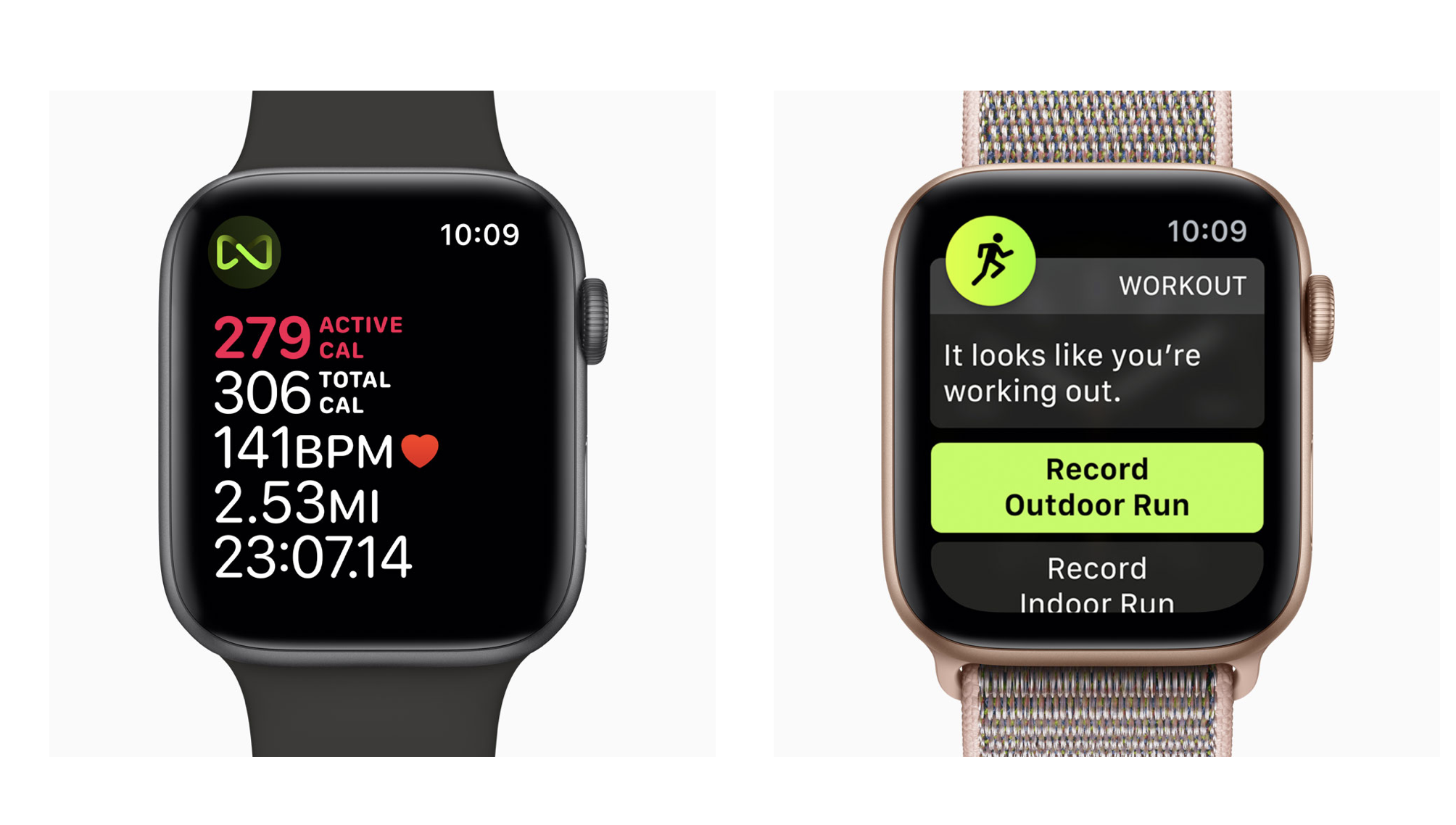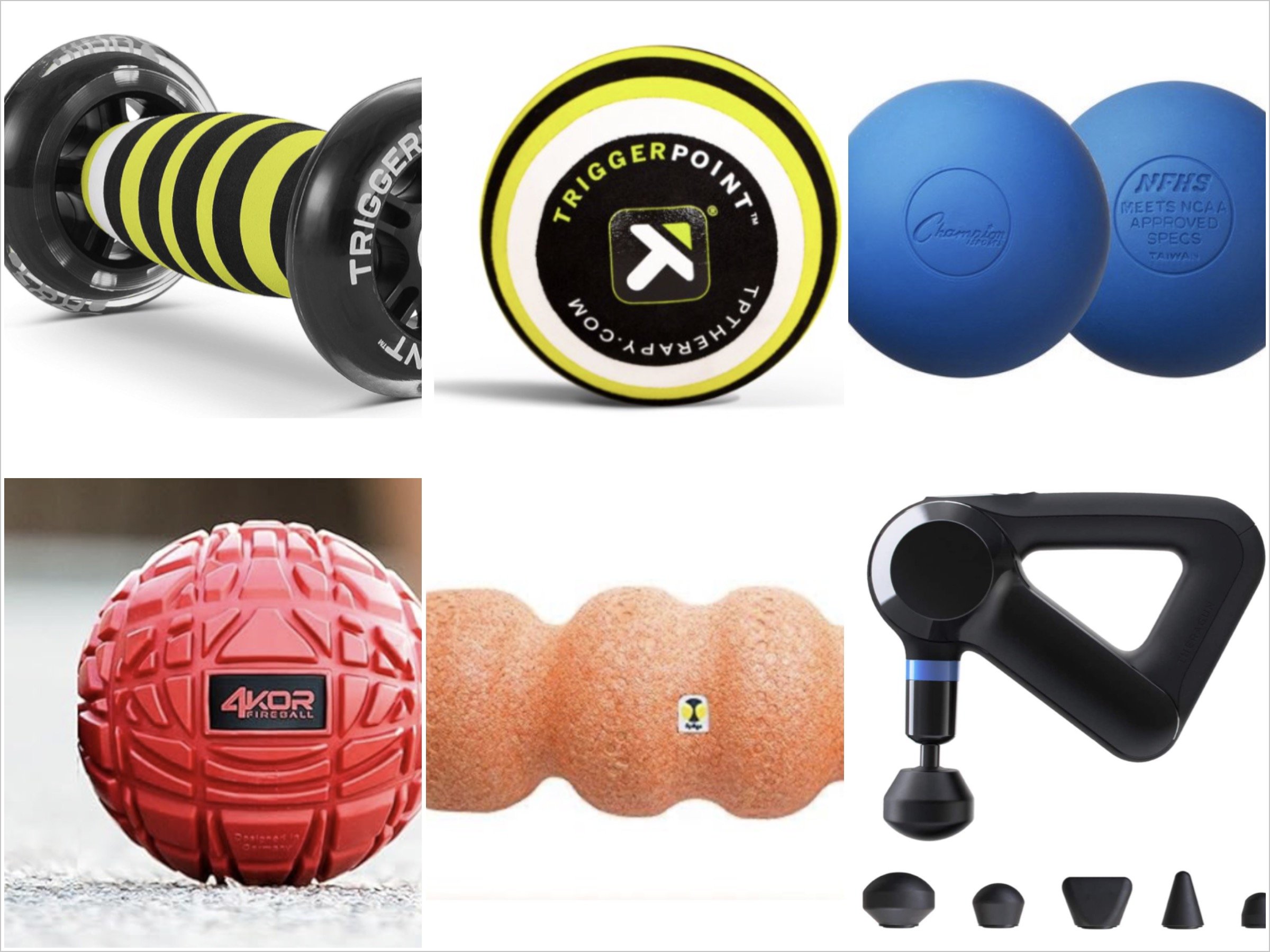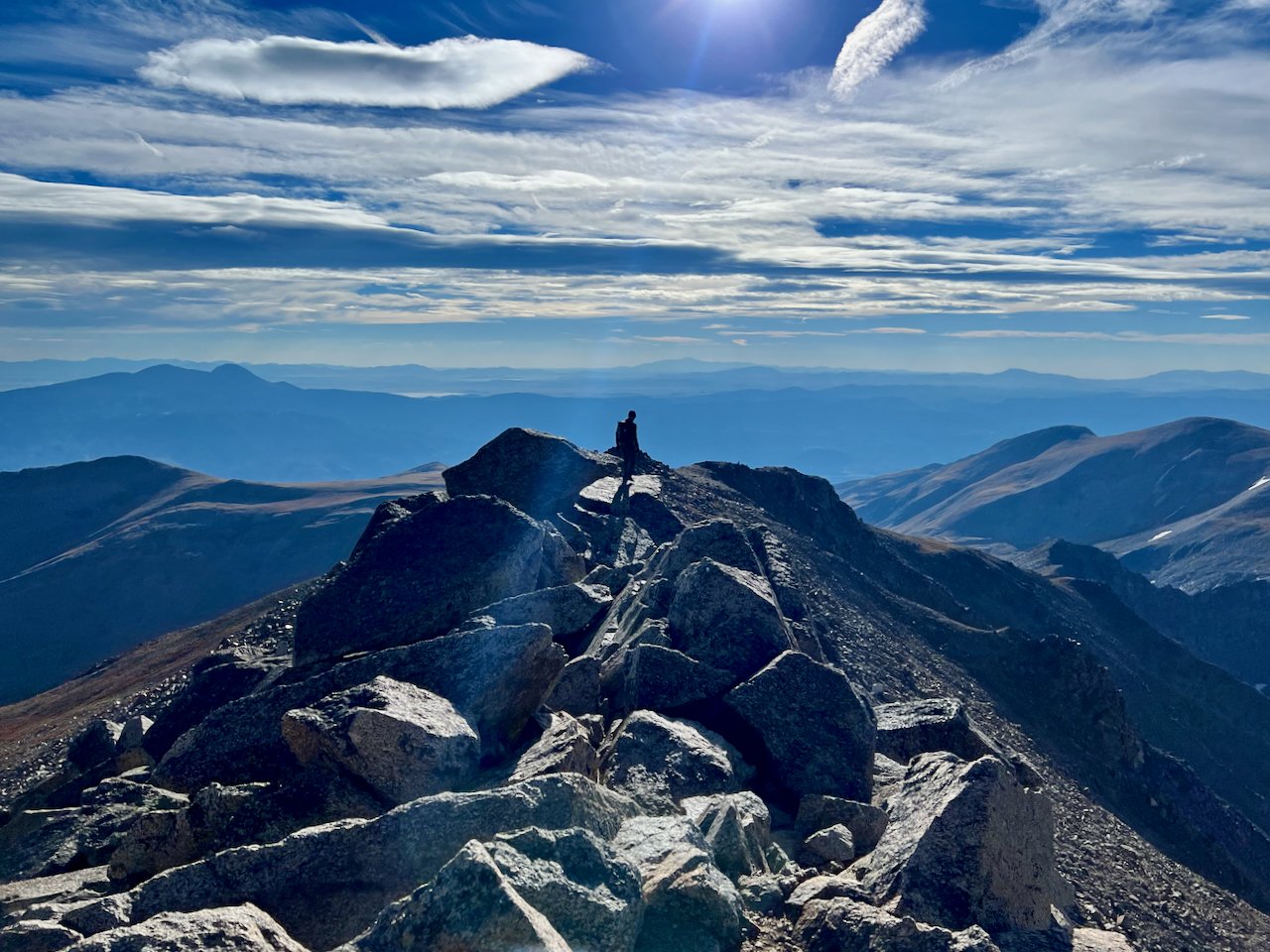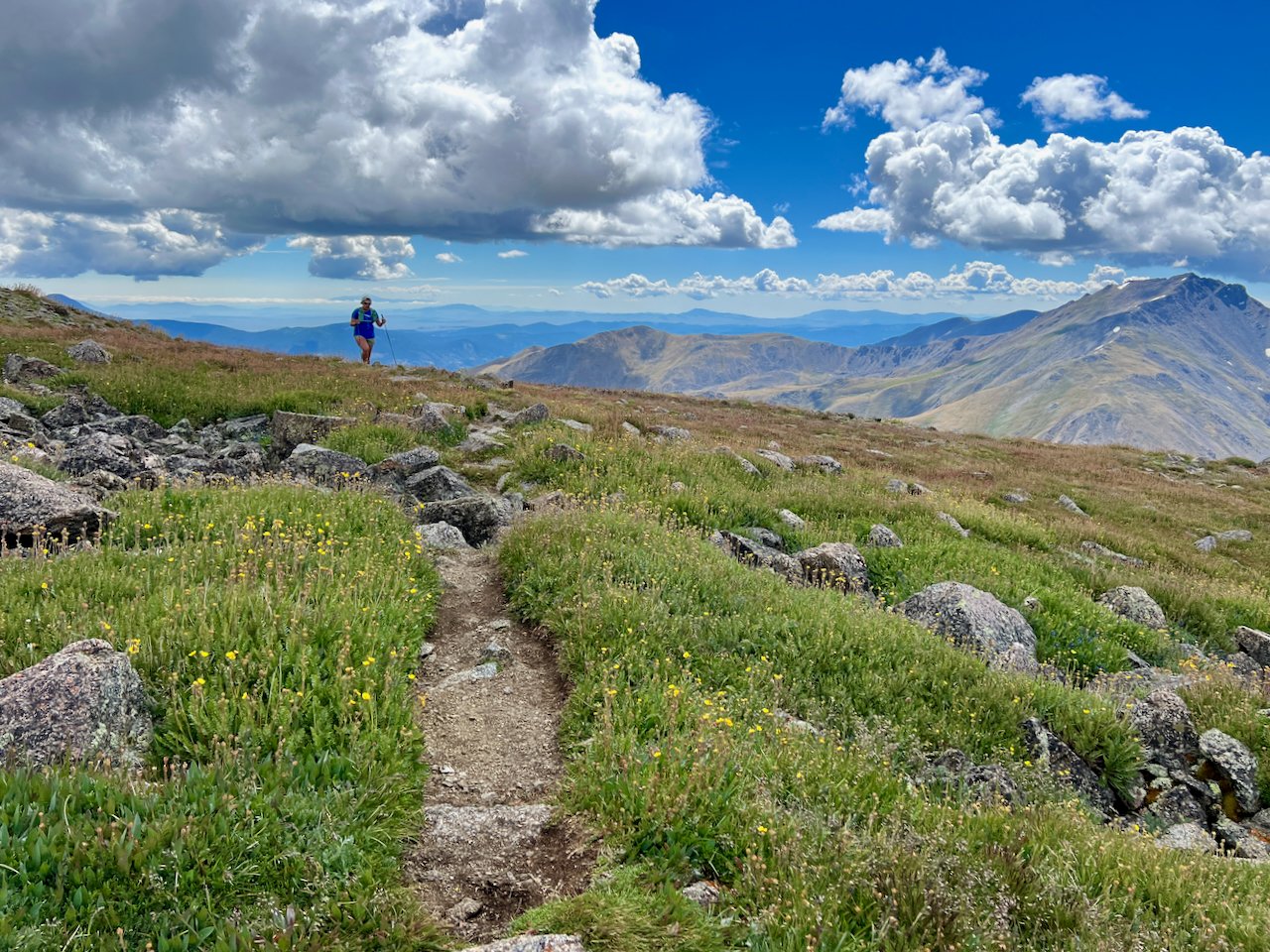Waiting for Search & Rescue with Broken BONES
Around 12:30pm on Monday, I received a message from the wife of a client, stating that Jay’s Strava beacon has not moved in quite some time. Soon after another message pops up, she got a call from him saying he’s on the side of a mountain with what he thinks to be a broken ankle and has called West Milford Search & Rescue. As part of our coaching service we create specific routes for our athletes, so I knew of his whereabouts.
I was able to speak with him on the phone to get a bit more information. He was at mile 15 of a 17+ mile hike when he stepped on a rock that dislodged as he was descending Big Beech Mountain, causing him to come down hard on his left ankle. He heard a loud snap causing him to fall further onto his side where he also severely injured his shoulder. And just like that, Jay was in an emergency situation. He tried to slowly get up but his lower leg would just flap over to the side. He was stuck right where he fell.
Joe and I had just gotten back home from a hike and sprang into action. We knew we could get there to offer some relief before search & rescue would arrive. We yelled to each other through the house, grabbed something warm, water, electrolytes, nutrition, a first aid kit, waterproof shell, hiking poles and an emergency blanket. My biggest concern was Jay losing consciousness from shock. Also seeing how it was 94 degrees outside with strong thunderstorms in the forecast, offered another set of challenges.
Luckily the trail head was about 15 minutes away. We jumped out of the car, quickly looking at his Strava beacon and raced to the Highlands Trail with an adrenaline burst and a small hint of fear. The trail was easy at the beginning but then turned into a steep gnarly overgrown single track. I stopped for a moment to be sure we were on the right track and soon heard voices. Joe made it! We happened upon Jay on the side of the trail thankfully conscious!
We offered him water/electrolytes, noted any signs of shock, blurred speech, etc. We took a general look at his ankle and realized even if we created a splint, moving him could cause more harm than good. He seemed stable enough to wait for the search & rescue team.
We waited with him, trying to keep him talking a little, which isn’t hard if you know Jay. After me trying to crack jokes, no pun intended, we all agreed after 4 hours of waiting, if he was facing a more severe situation he definitely wouldn’t have made it. You have to understand that most search and rescue operations are volunteer based, so it takes a bit of time to gather folks. Keep this in the back of your mind when headed out, being prepared will help your situation.
Joe walked back the way we came to see if he could find them. After another hour or so he texted back that he located the team at the bottom of the mountain. Search and rescue personnel showed up prepared and in good spirits, 6 then soon after another couple, so I’d say 8 total. One of the team members made an attempt to contact a helicopter for an evacuation, but to no avail as there was a significant forest fire just below us less than ½ mile away.
As Jay was secured in the basket stretcher you could hear rumbles of thunder and the wind picking up through the trees. Another hour went by as the team of 8 carefully navigated the technical terrain, taking rest breaks when needed, eventually arriving at the ATV that was positioned at the bottom of the mountain and would take him the rest of the way.
A bit about Jay. He is not a beginner by any means, he’s an accomplished mountaineer, deep diver (like scuba but going to over 130 feet in depth) and an avid rock climber. He is the epitome of an adventurer.
Long story short, this can happen to anyone! I don’t care if you want to go “light”, etc. be sure to carry a fully charged cell phone, subscribe to a GPS locator service such as Strava Beacon or Garmin incident detection if cellularly coverage is really good where your adventuring. In this instance, the Strava Beacon was what Jay used and it worked as intended. The downside to using Strava Beacon or Garmin Incident Detection is that they require cellular service. If you hit an area where you don’t have service, your location won’t be updated until you have cellular service again. This is where a Spot Satellite Communication Device or Garmin InReach is superior because they use GPS satellites to provide reliable signals and is always on. You can also communicate with the search and rescue team or emergency contacts via text messages.
In this story, if Jay didn’t have cell reception or his phone battery died, what would he have done? Maybe he would have tried to crawl out the 3 miles down steep rocky terrain or waited until the next day for a fellow hiker to hopefully stumble upon him. The good thing was that even if Jay's cell phone died, we would have had his last coordinates from the Strava beacon. Jay did another important thing, he let others know his whereabouts and estimated time back, this one thing allows others to help pretty quickly.
Since the start of the pandemic the trails of the NY/NJ area have seen a big uptick in visitors. Which is great, but let’s be responsible outdoor enthusiasts and help one another adventure safely.
Quick Tips:
Tell someone your intended itinerary, with estimated times for the duration of the adventure, possible alternative routes and the estimated time you will be home.
Share your Strava Beacon, etc. with a friend, family member or coach.
Carry a fully charged cell phone and backup battery.
Carry a paper map of the area and know how to read it.
Download maps of the area using the many available mobile apps such as Avenza, Gaia, Hiking Project, All Trails, Trail Forks, etc.
Carry a small bag with you for your own trash. Don’t litter! Even carry a small piece of trash out, leaving the area better for it.
Carry enough water and a small filter, such as the Katadyn BeFree 1.0L Water Filter.
Be prepared for the weather at the location you're visiting, not your home.
Proper footwear.
Travel with someone if possible.
Plan your route before you leave.
Take a wilderness first aid course or at least get CPR/First aid certified.
Jay made it to the hospital and was diagnosed with a broken ankle in 3 places, as well as soft tissue damage and a torn deltoid (shoulder) from the hard fall. He had a successful but very intensive 4+ hour surgery and is currently resting at home comfortably. He is extremely thankful to all involved especially the West Milford, NJ Search & Rescue Team. Be safe out there your coach, Elizabeth Azze.






























